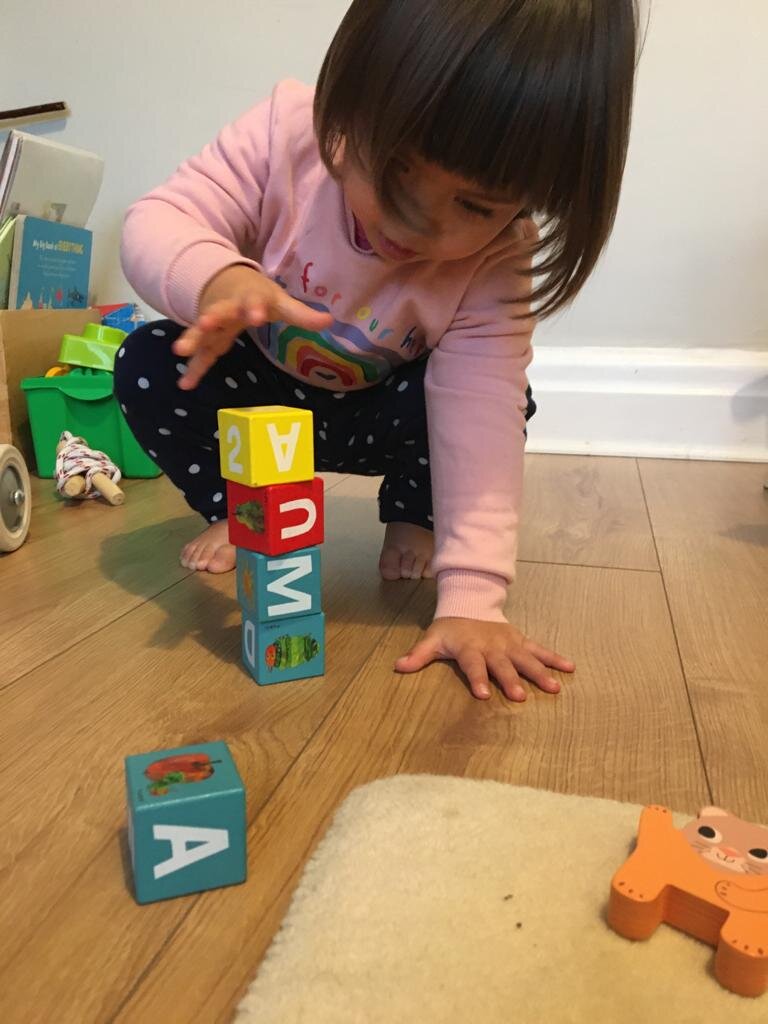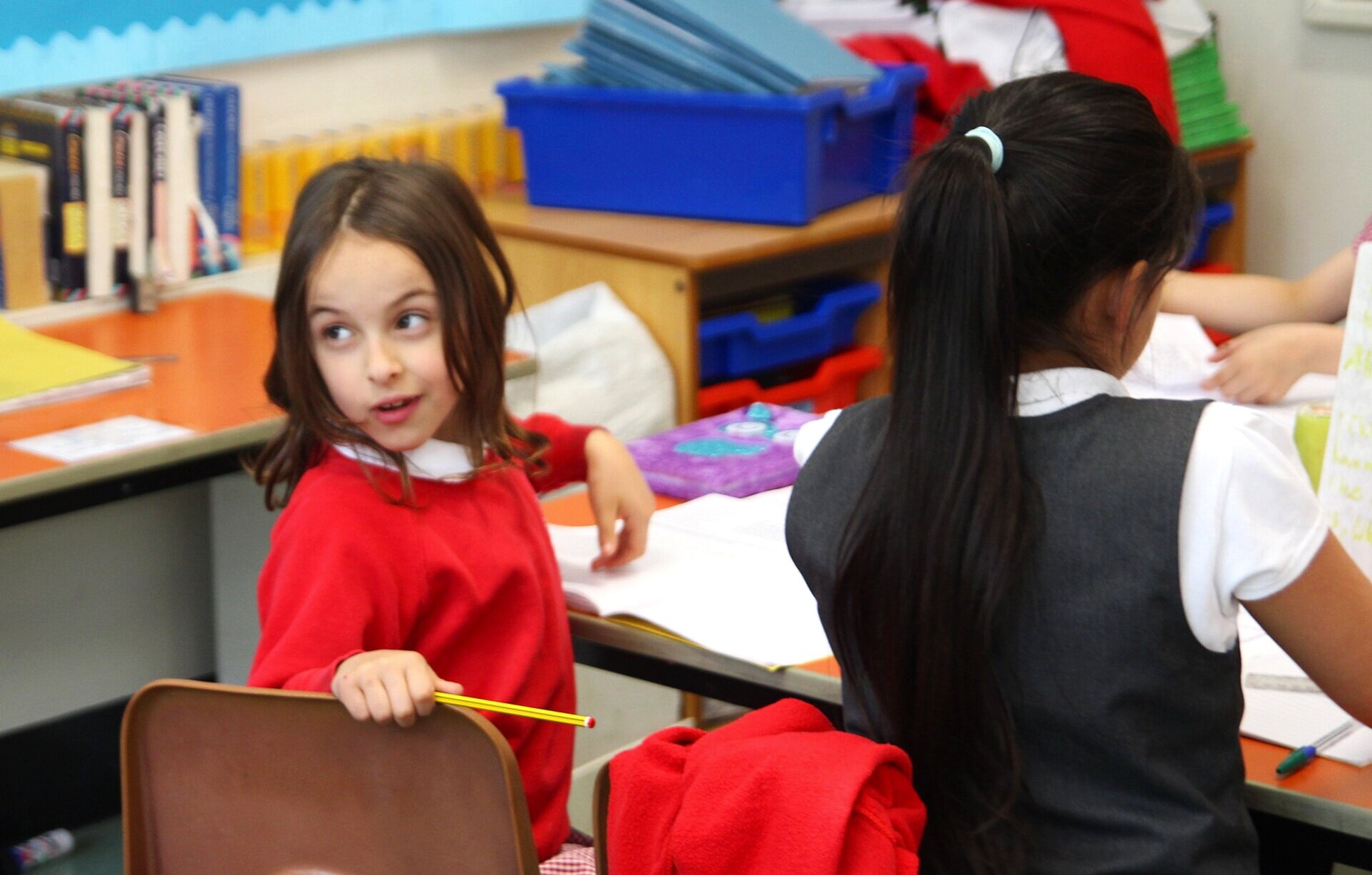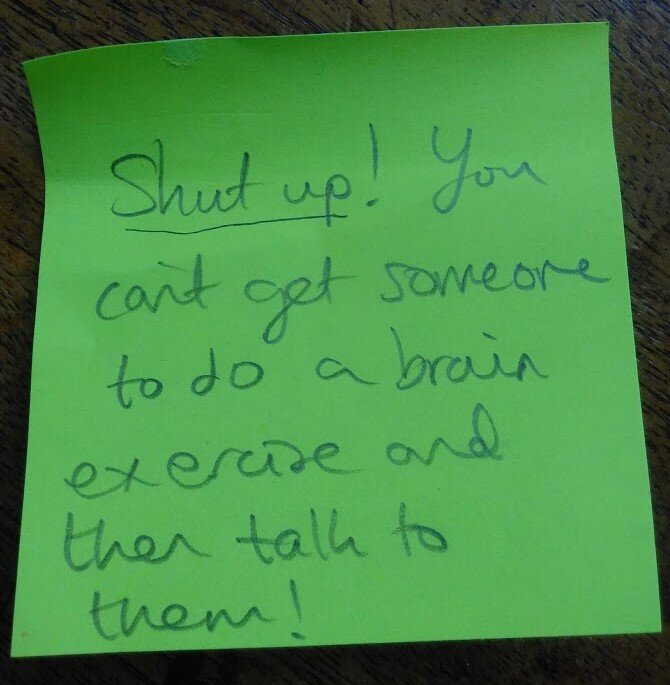This question is relevant to all of us in education. Finding the balance of how much support to offer students – and how to enable them to be independent learners – is an ongoing challenge. And this is especially the case for Teaching Assistants or learning support staff. Their role in school is precisely to support learners. However, part of this is to support learners to be independent learners. This means continually finding the right balance, to avoid dependency.
On a recent professional development day about skilful talk for TAs we reflected on this challenge and discussed the best approaches. We realised, through a role play activity, that we may not always know if someone is struggling simply by observing them. It may sound obvious, but a simple check-in question such as How are you getting on? can make a critical difference to a learner. It may prevent them slipping into ‘panic zone’.
Vygotsky’s ZPD
Having in mind a simple diagram of Vygotsky’s Zone of Proximal Development is helpful. Where is my target pupil right now? Can I get them back into ‘stretch zone’?
Like many tools, this can even be shared with your pupils. Then it can become a metacognitive tool for them. If they are familiar with it, they can ask themselves questions like How am I feeling about this task? Is it too easy? Too challenging? How can I prevent myself entering panic zone? I know, I’ll draw myself a number line… etc. They are reflecting on their learning and effectively self-scaffolding.








